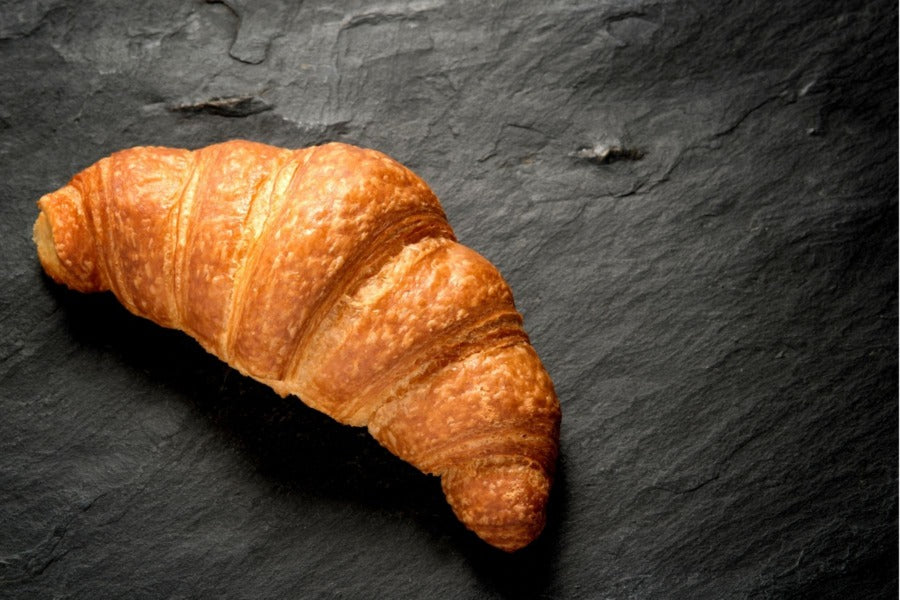Life with celiac disease can seem like a gastronomic minefield, but with a little practice (and a good sense of humor), you can navigate the pitfalls without too much harm. Here are the 20 most common mistakes that every celiac tends to make at least once in their life, presented with a pinch of lightness:
1. Believing that "a little bit doesn't hurt": As if gluten were less harmful if consumed in "small" quantities. Spoiler: it's not.
2. Forgetting to ask the waiter if the air in the restaurant is also gluten-free: Because, sometimes, it seems like it's the only thing we can eat outside the home.
3. Thinking that beer is a magical exception: “But it's liquid, how can it contain gluten?” Oh, sweet naivety!
4. Assuming all French fries are naturally gluten-free: And then discovering that they took the dip along with the crispy onion rings in the same oil.
5. Accepting a taste from a friend's plate, forgetting to ask for the full list of ingredients: "But it's just one bite!" Famous last thoughts.
6. Cooking gluten-free for friends and forgetting to tell them: Watching them desperately search for the missing gluten is an unrecognized national sport.
7. Use the common toaster: A true celiac knows that the toaster is more treacherous than an episode of “Game of Thrones”.
8. Assuming that “gluten-free” printed on a product is just a suggestion: “Maybe it's an option, like heated seats in a car.”
9. Forgetting to check the ingredients of your toothpaste or lipstick: Because, of course, gluten wants to look good too.
10. Going to a party and assuming there will be something gluten-free to eat: Bringing a packet of gluten-free biscuits with you is the first command of the prepared celiac.
11. Believing that the word “natural” automatically means gluten-free: As if gluten were an alien from outer space.
12. Thinking that the gluten-free diet is a great excuse to avoid foods you don't like: "Sorry, I can't eat your lasagna... because, eh, gluten!"
13. Underestimating the amount of gluten in a kiss: Romance at risk for dating a non-celiac.
14. Believing that every symptom after eating is due to gluten: “I hit my knee… it must have been the gluten.”
15. Forgetting to check the seasonings: Why yes, even soy sauce wants to be part of the gluten club.
16. Relying too much on products labeled gluten-free and forgetting to eat fresh foods: Because sometimes an apple is just an apple, and that's fine.
17. Assuming that gluten-free food is also calorie-free: “I ate six gluten-free sandwiches, but it's okay, they're dietary, right?”
18. Believing everyone knows what celiac disease is: “Oh, so you can't eat carbs?” No, Karen, not really.
19. Forgetting to check the restaurant menu online before heading out: And then browsing through the options with the glee of an accountant during tax season.
20. Hoping that celiac disease will go away if ignored long enough: “Maybe if I close my eyes and count to three, I can eat that tart…”
Remember, living with celiac disease can be a challenge, but with a little caution and a good dose of humor, you can enjoy a full and tasty life. And, in the end, becoming an expert label expert and hidden ingredients investigator is practically a superpower.
Read also..
Croissants, brioches, croissants
Easy to get confused, isn't it? These three delicacies have one thing in common, besides their goodness: the shape! But they are very different, in terms of ingredients, processing complexity, final result and uses. Among these three, croissants are the...





Share:
Artisan VS Industrial
Celiac disease in Asia and Africa